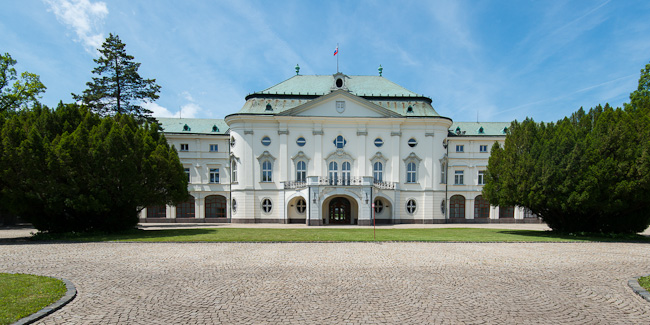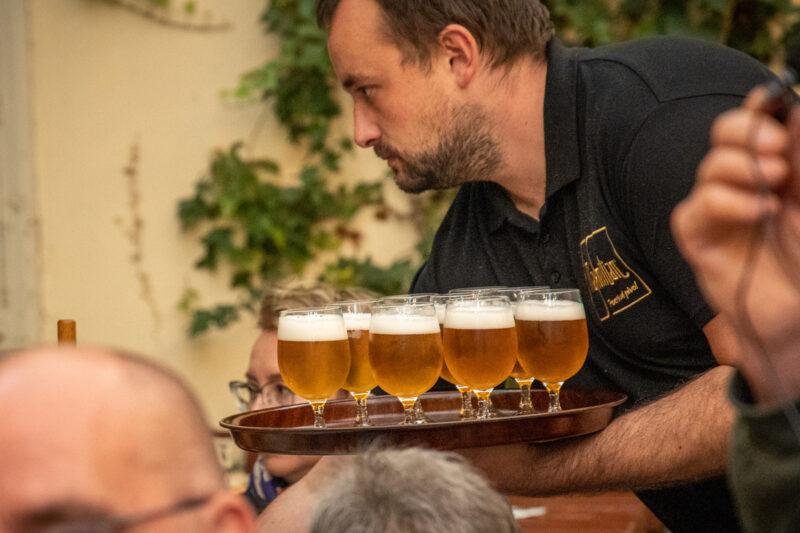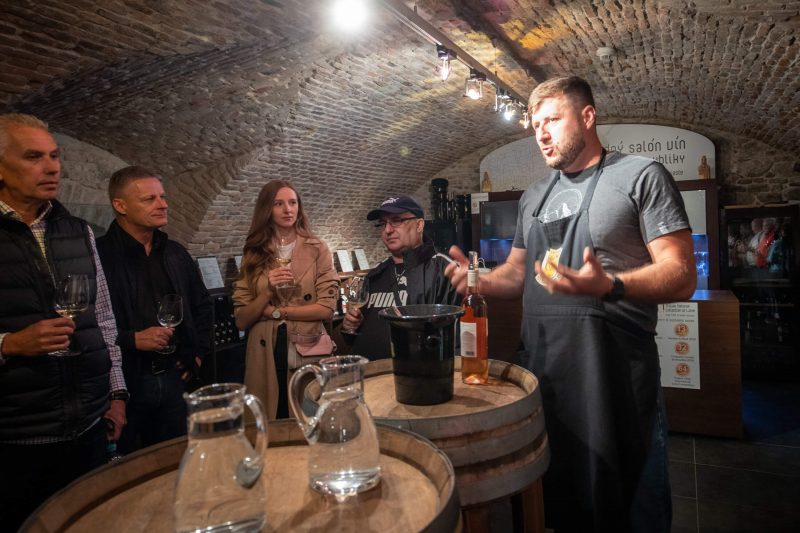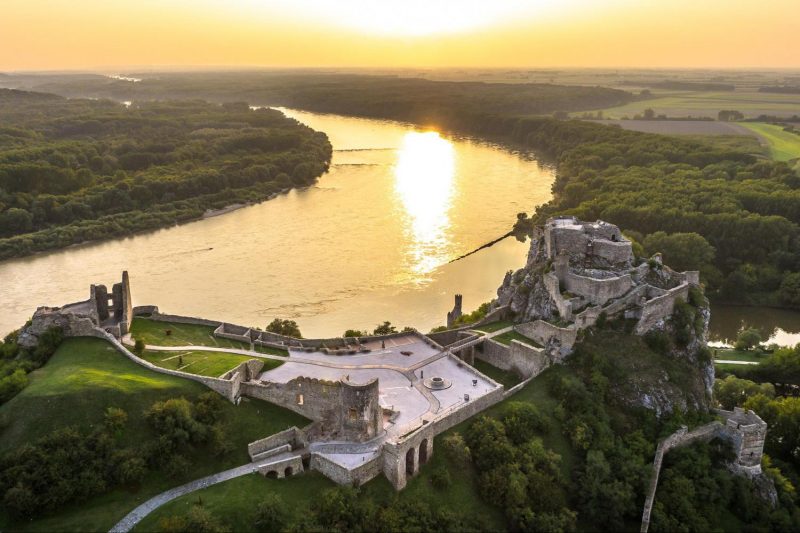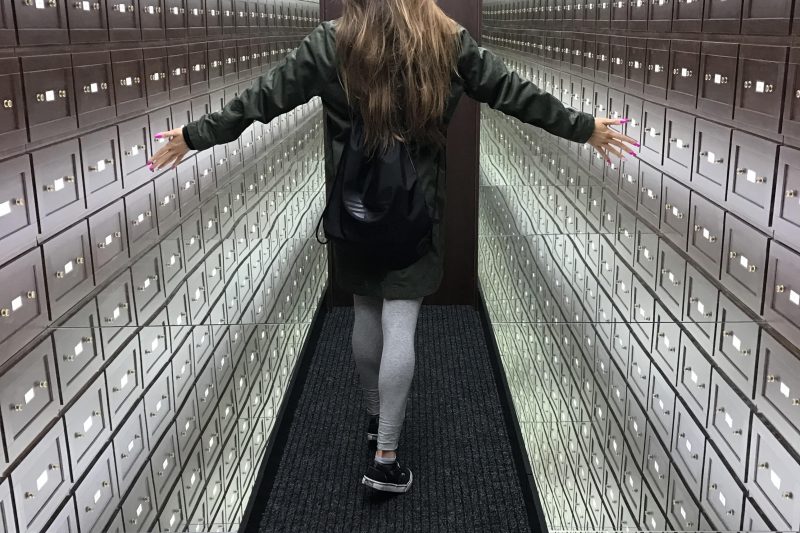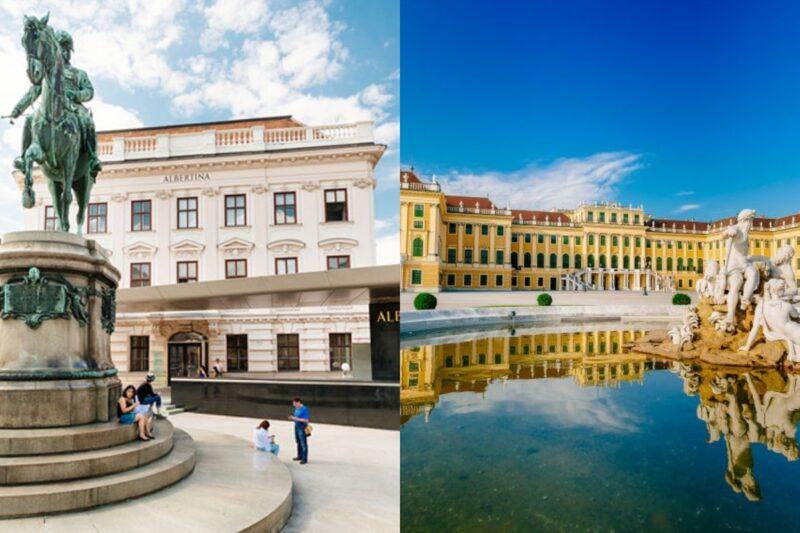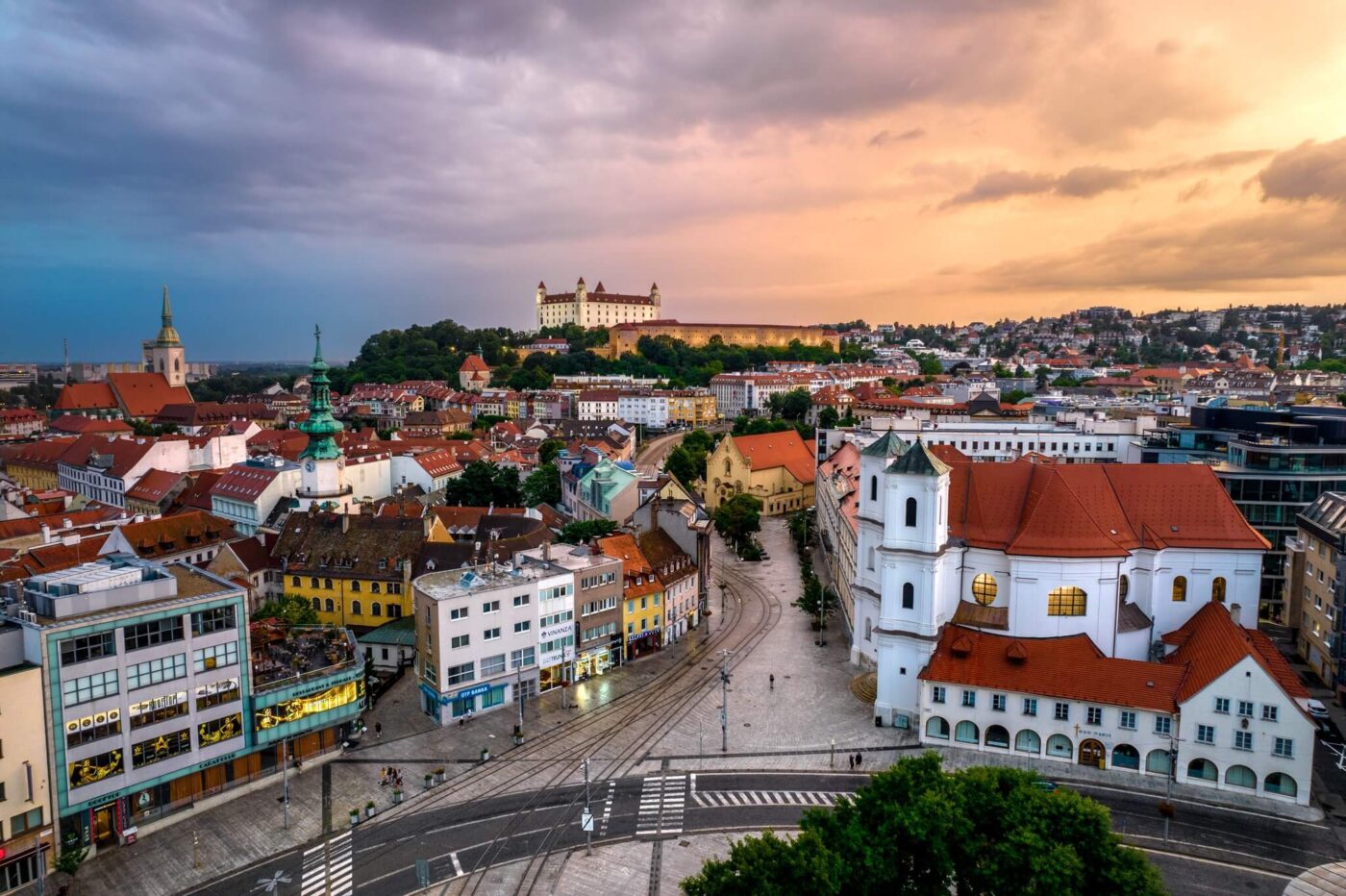
Bratislava’s Imperial Heritage
Did you know that once Bratislava was a capital city of Hungarian part of powerful Austro – Hungarian Empire? Let’s discover with us the imperial heritage of Bratislava.
Bratislava Castle
The most iconic building of Bratislava, is Bratislava Castle located on the castle hill above the historical city center. One of the most popular and visited sights of the city. The “business card” of Bratislava, and the most recognizable buildings of Slovakian capital.
Area of Bratislava castle always had a strategic position above the mighty Danube river and was settled by the Celtics & Roman. The first stronghold there was built during Great Moravian Empire in 9th century. In 9th century there took a place also the battle between old Hungarians & Bavarians, when Bavarians won, what leaded to Hungarian settlement in Panonia region and foundation of Hungarian Kingdom.
The Bratislava castle was many times reconstructed as you can see on the castle towers, every tower is different. The most significant reconstruction the castle underwent during rule of empress Maria Theresa.
From the times of Maria Theresa the castle has a look of upside down table. She rebuilt the castle for her youngest and the loveliest daughter Maria Kristina, who could only from all of her children marry from love. Her husband was the prince Albert from Teschen a founder of famous Albertina Museum. He started his collection at Bratislava castle, just afterwards the collection was moved to Vienna. The castle burtn down in 1811 and fell into disrepair until the second half of 20th century. The current apperance is the result of two major renovations.
Opening hours of Bratislava Castle, Tuesday – Sunday:
Summer Season: 10:00 am – 06:00 pm (last entry at 05:00 pm)
Winter Season: 09:00 am – 05:00 pm (last entry at 04:00 pm)
Want to book a tour including entrance to Bratislava Castle? Book Bratislava 2 hour walking tour with entrance to the castle.
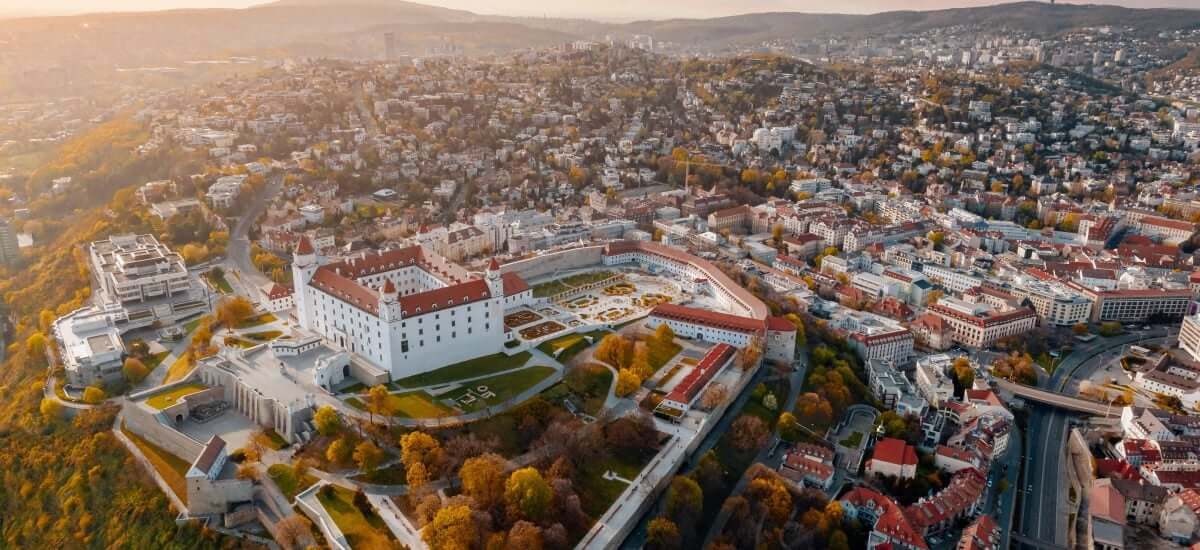
The gem of Bratislava’s Imperial Heritage – Primate’s Palace
The second most significant remain of Bratislava’s imperial heritage is the hidden gem of Bratislava – Primate’s Palace. In time of Ottoman war when Budapest was part of Ottoman Empire, Bratislava became the capital city of Hungarian Kingdom. Primate’s Palace is classicistic building built of Esztergom archbishop Jozef Batthyány.
The most impressive part of the palace is the Hall of Mirrors along with five salons furnished with period furniture and named after the color of the walls – green, brown, blue, red and gold. The part of the palace is also a unique collection of tapestry shows the tragic love of Leandro & Hero.
On the top of the palace are allegorical statues, vases and the iron model of archbishop hat, weighting 150kg. The allegorical statues along the roofline were intended to represent the cardinal’s virtues.
The peace treat of Pressburg (ancient name of Bratislava) between Napoleon France and Austro – Hungarian empire was signed in the palace’s Hall of Mirrors on 26 December, 1805. Today the palace is used by Mayor of Bratislava, and Hall of Mirrors is one of favorite places for weddings.
All our tours include the Primate’s Palace.
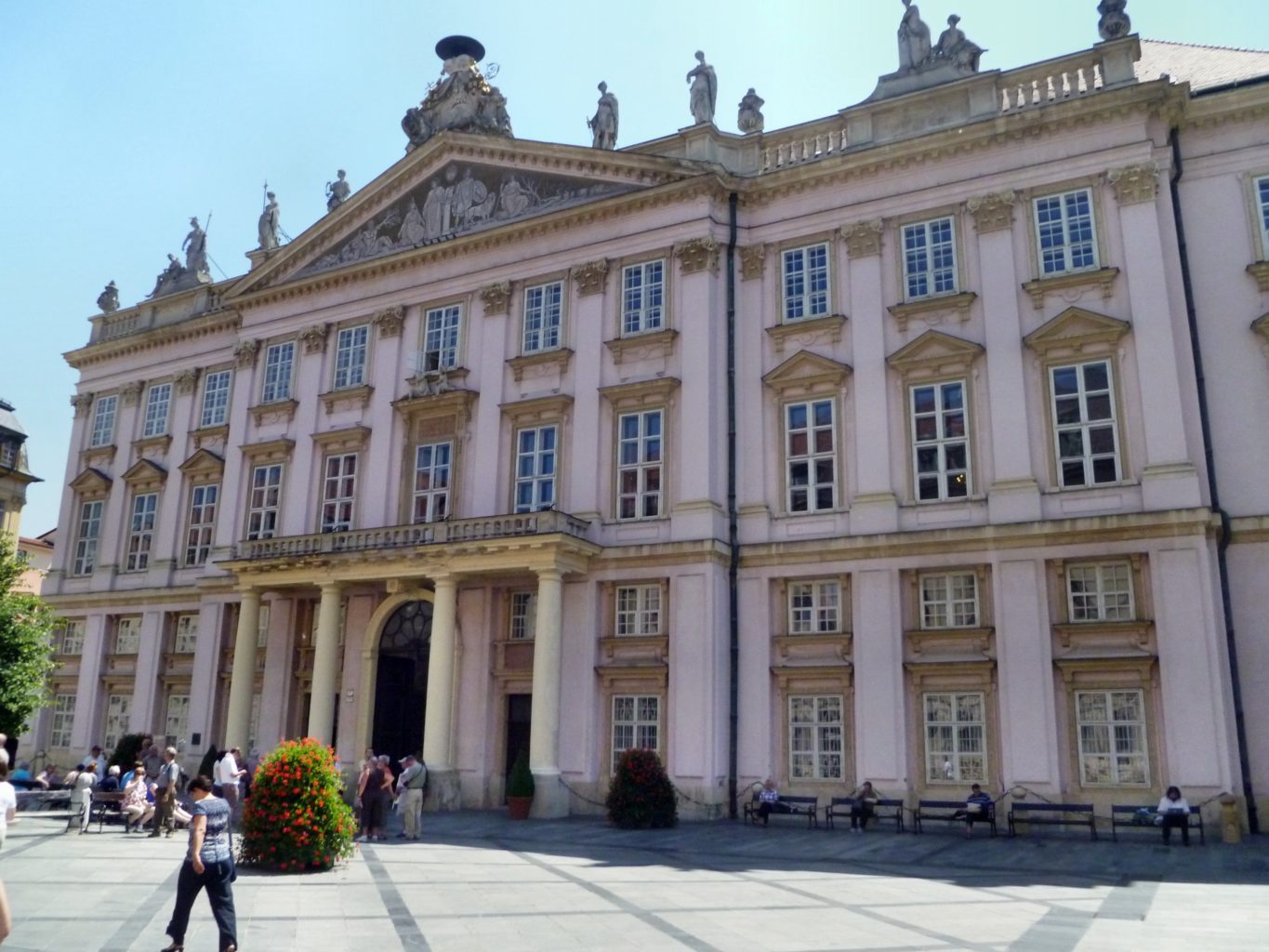
Hungarian Parliament
The palace of Hungarian Royal Chamber is another Bratislava’s imperial heritage legacy. The Hungarian Royal Chamber was the highest financial institution has been based in Bratislava since 1531. Today palace palace was built in 18th century by imperial architect Martineli. Between 1802 and 1848, the palace was seat of Hungarian Parliament. In this building were also approved the March Bills, the bills who started Hungarian revolution against ruling Habsburg family. Now the palace serves as the University Library of the oldest Slovakian university – Comenius Univesity.
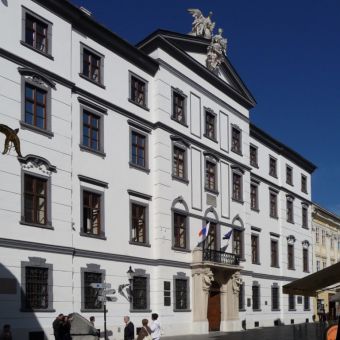
Opera House
Slovak National Theatre – Opera House is one of the most important highlights of Bratislava’s imperial heritage. The official name of the building is The historical building of Slovak National Theatre a gem of Neo-Renaissance architecture in Bratislava. The theatre was opened as city theatre in 1886, according to the design of famous Viennese architects Felner and Helner. The very similar Opera house you can find also in Ukrainian Lviv, as this city was also part of Austro – Hungarian Empire and Felner and Helner built also the Opera house there using more or less the same project as in Bratislava. The part of the Opera building is beautiful Ganymede Fountain who shows the close connection between Bratislava and river Danube. The building is currently under the reconstruction.
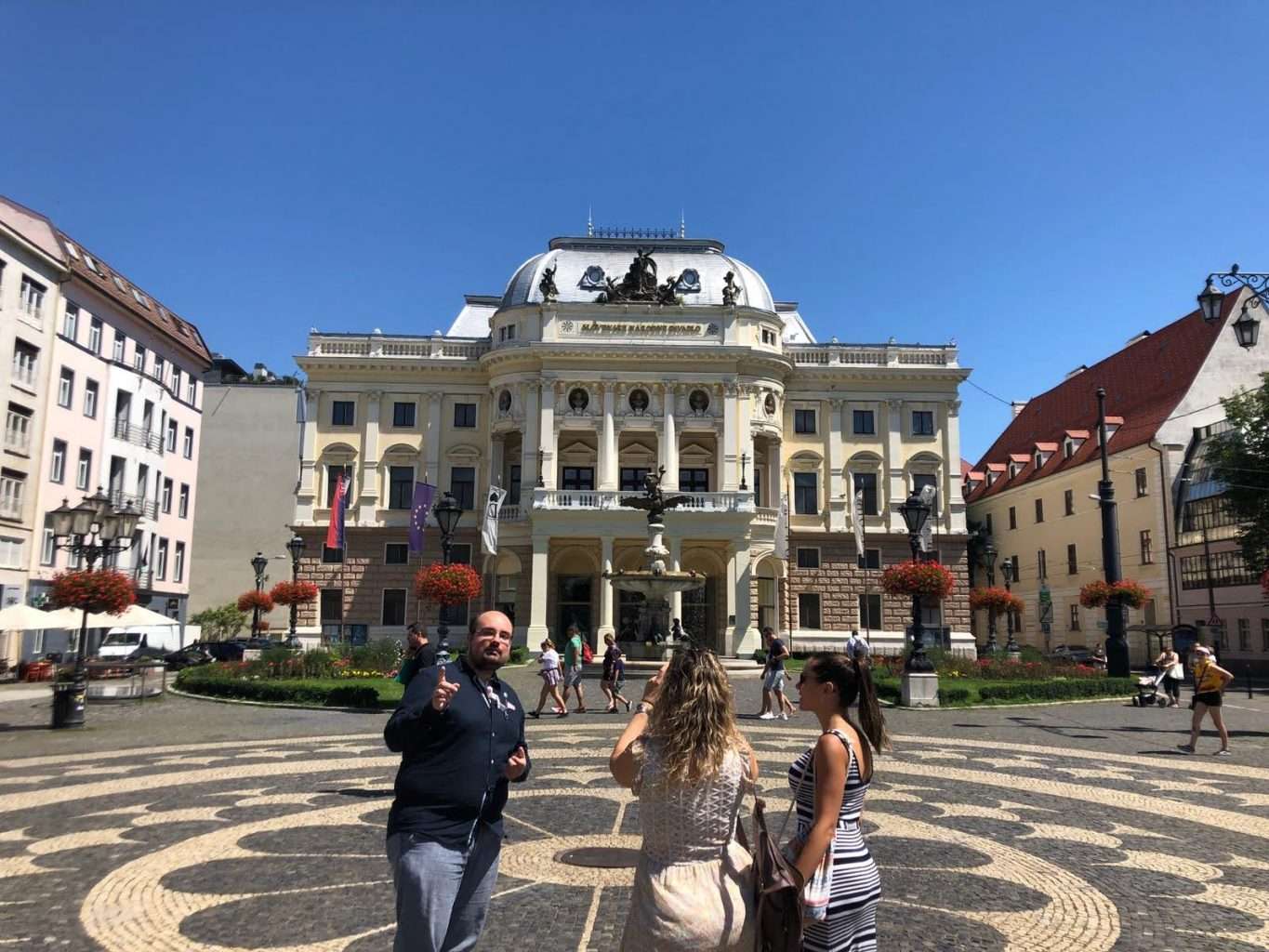
Reduta Building
Although Reduta was finished during 1st Czechoslovakia in 1919, we can consider it as well as part of Bratislava’s imperial heritage, because the the construction works started in 1913, and the construction of the building took so long due to fact of 1st World War. Reduta built in Neo-Baroque style replaced former baroque granary built accordance with order of Empress Maria Theresa. The Reduta became the home of the Slovak Philharmonic in the early 1950s. It has offered to the wide public a rich concert life and performances of artists and their ensembles from all over the world.
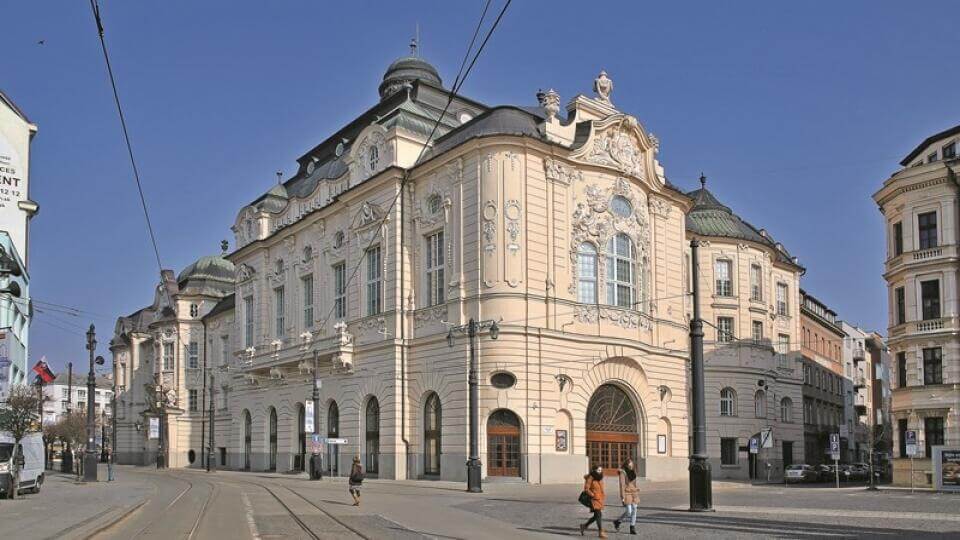
St. Michael’s Gate
St. Michaels’ Gate is one of the symbols of Bratislava. It was a former part of Bratislava’s fortification wall built in middle of 14th century and reconstructed into the baroque style in 18th century. The tower has 7 floors and it is 51 meters tall. Currently there is ongoing a reconstruction works on the tower and the observation deck of the tower with a superb view on historical city center of Bratislava together with Museum of Weapons is closed till end of 2023 year.
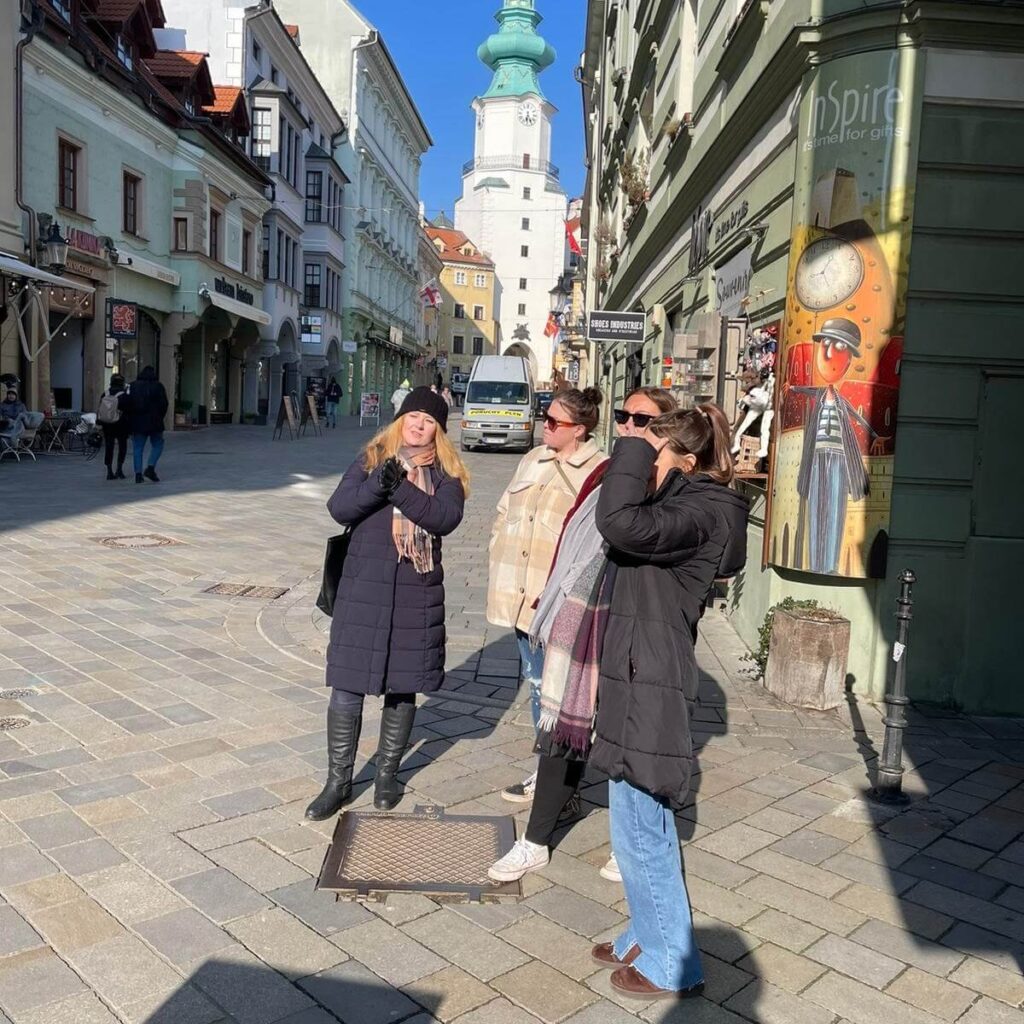
St. Martin’s Cathedral
The St. Martin’s Cathedral is the biggest church of Bratislava and one of the most important churches of Slovakia. It is located in Bratislava’s historical city center, below the Bratislava Castle. Between 1563 and 1830 the Hungarian kings and queens were coronated here, at the time when Bratislava was a capital of Hungarian Kingdom. 11 Hungarian kings and 8 queens were coronated at St. Martin’s Cathedral, including the famous Maria Theresa. The tower of St. Martin’s Cathedral is topped with by a gold plated replica of St. Stephan’s Crown. It weighs 150 kg , measures over 1 m in diameter, and rests on a 1.2 m × 1.2 m gold-plated pillow and stands 1.64 m (5.4 ft) high. The pillow and crown contain a total of 8 kg of gold and were restored in August 2010.
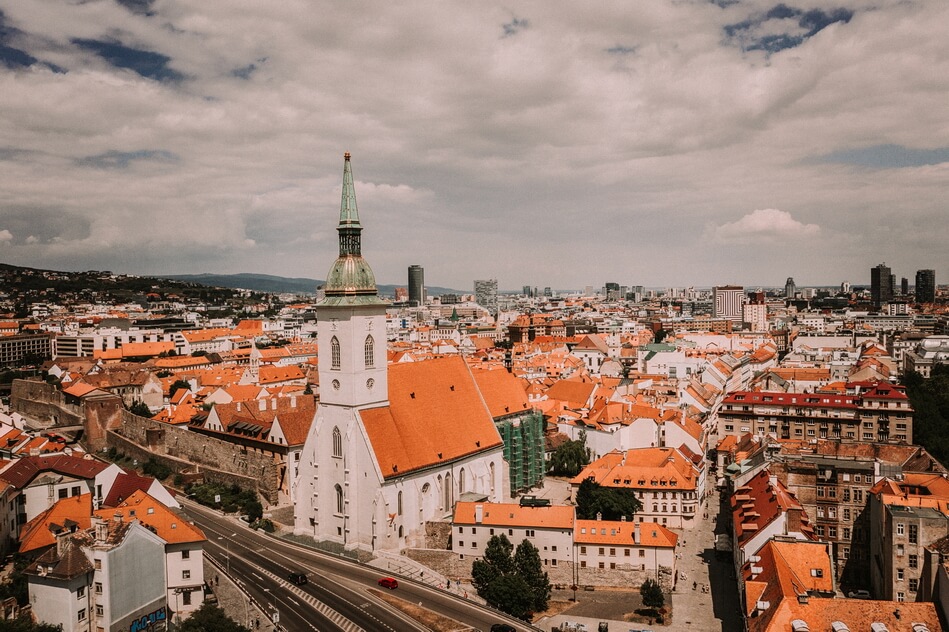
Grassalkovich Palace
Today the presidential palace, seat of president of Slovakia, and currently one of the most beautiful president in the world Ms. Zuzana Caputova. The palace is built in style of Rocco late Baroque with French garden. The palace was built for the noblemen of Croatian descent Anton Grssalkovich a close friend of Maria Theresa in 1760. The building became a center of musical life of Bratislava, Joseph Haydn. In time of communism the palace had been converted into Klement Gotwald House of Pioneer’s. Pioneer’s were a young communistic organization, were the membership was compulsory for all youngsters. From 1993 the palace is residence of Slovakian president. For public is open just on 01 of September, on the day of constitution. But the French garden is open for the public all year round. If you buy Bratislava Grand City Tour or Private Bratislava Grand City Tour the exteriors of the palace are in tour included.
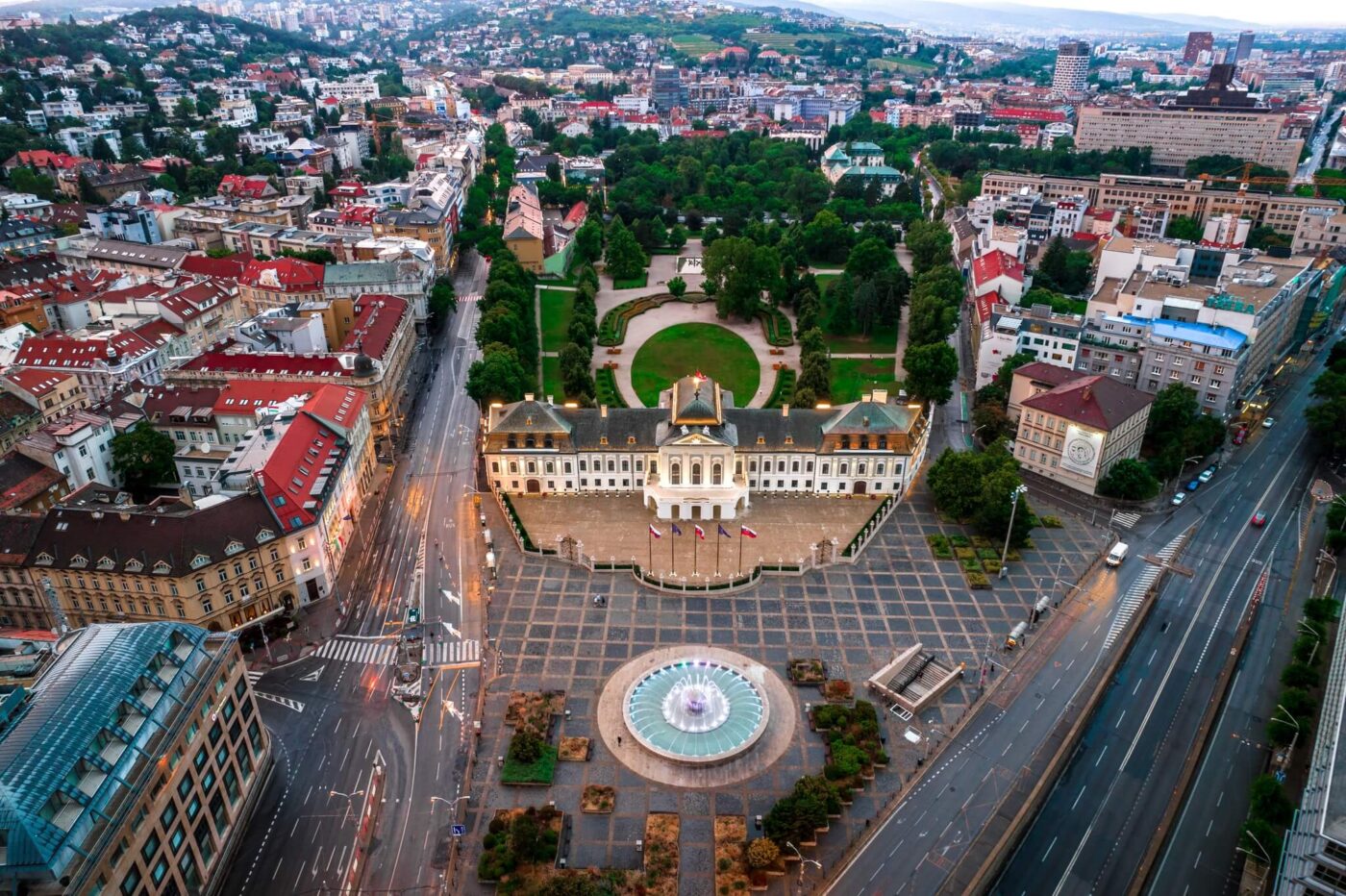
Episcopal Summer Palace of Bratislava
One of the most significant buildings of Bratislava’s Imperial Heritage, but also not all the tourist know about it. The palace was originally in the 17th century a Renaissance summer seat for the archbishops of Esztergom (since Esztergom had been occupied by the Ottoman Empire in 1543, the archbishops were based in Bratislava). The baroque sculptor Georg Rafael Donner had a studio in the palace garden for almost 10 years. The palace now houses the government of Slovakia. If you buy Bratislava Grand City Tour or Private Bratislava Grand City Tour the exteriors of the palace are in tour included.
